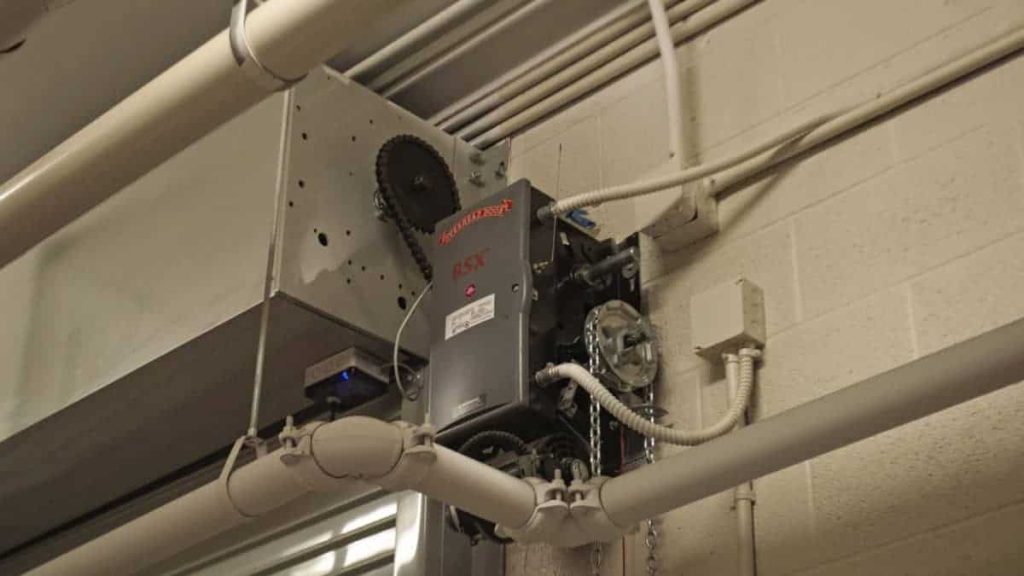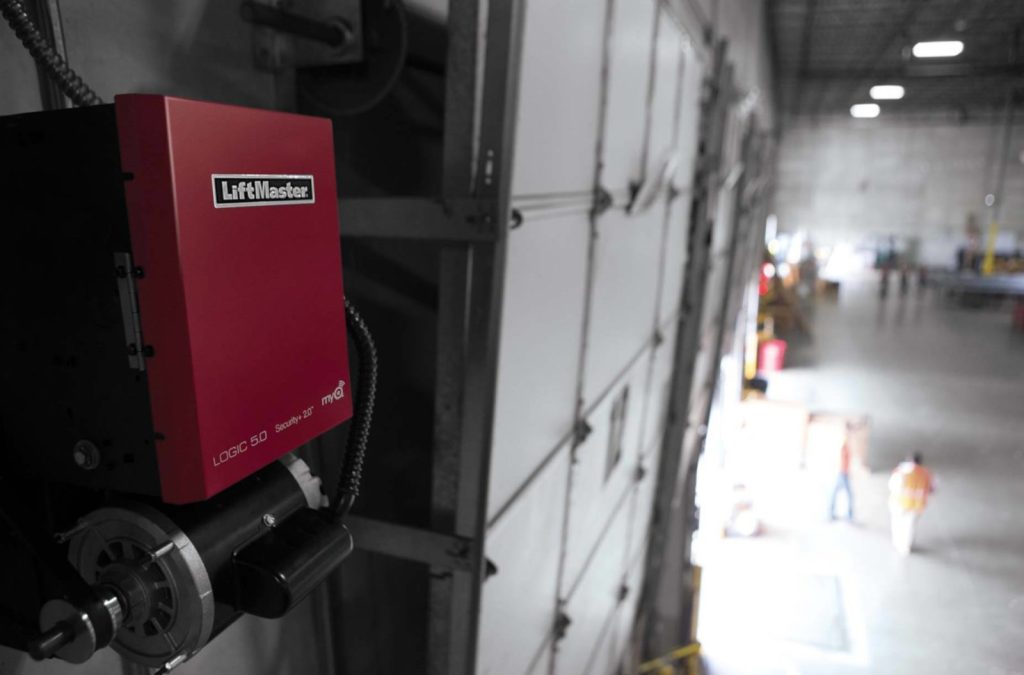If you operate a warehouse, fire station, commercial garage, or any industrial facility, your garage door system isn’t just a convenience—it’s critical infrastructure. A malfunctioning or underpowered door opener can stall operations, compromise security, and increase long-term repair costs. That’s why many commercial property owners are turning to heavy-duty commercial garage door openers as a long-term solution.
These systems are built with power, longevity, and performance in mind. They differ from standard openers not just in size or strength, but in how they meet the unique demands of high-volume, high-weight door systems. From operational efficiency to improved safety features, investing in the right opener ensures smoother day-to-day business operations.
This in-depth guide explores how heavy-duty commercial garage door openers work, why they matter, how to choose one, and when it’s time to upgrade. Whether you’re planning a new installation or replacing an aging unit, this resource will help you make a wise, informed decision.
A heavy-duty commercial garage door opener is designed to operate larger, more frequently used garage doors in demanding settings. These openers typically include high-torque motors, reinforced hardware, and drive mechanisms that can handle hundreds of daily cycles. They go beyond residential models in their ability to support oversized and heavier doors, often found in commercial and industrial environments.
Common applications include distribution centers, auto shops, municipal buildings, manufacturing plants, and other sites with oversized sectional or rolling steel doors.
Many commercial spaces start with residential-grade openers. These may work for a while, but eventually show signs of strain:
Upgrading to a commercial-grade unit eliminates those issues and adds long-term reliability. The initial cost is higher, but businesses save by avoiding downtime, emergency repairs, and premature replacement.
Beyond performance, heavy-duty systems are built with stronger components that are less prone to wear, reducing long-term service needs. In high-volume environments, this durability translates into real operational savings.
One of the most common and cost-effective choices. Chain drives are ideal for overhead sectional doors and can handle significant weight. However, they tend to be louder and require occasional lubrication. Businesses with detached buildings or lower concern for noise may find this a perfect solution.
Mounted on the wall beside the door, jackshaft models save ceiling space and are ideal for high-lift or vertical-lift doors. They often include smart features, are quieter than chain-drive systems, and are excellent for facilities with limited headroom or complex layouts.
Best for rolling steel doors and extreme-duty applications. They use enclosed gear mechanisms and often include manual chain hoists for emergency override. They offer the most robust and rugged performance, ideal for facilities where uptime is crucial and door failure is not an option.
Choosing the right type depends on your facility layout, ceiling height, access needs, and daily usage requirements.

Residential openers usually run on 120V household current. In contrast, commercial units often require:
Electrical readiness is key. Before installation, a site audit is recommended to ensure that your facility meets the power requirements and to determine if any panel upgrades are necessary.
All commercial openers must meet UL 325 standards, which require:
Heavy-duty openers can integrate with:
For facilities requiring secure access control, features such as rolling code technology, audit tracking, and intelligent integration with facility management systems are becoming the standard.
These advantages make it clear that heavy-duty openers are built not just for today’s use, but tomorrow’s growth.
If you’re experiencing any of the following issues, it may be time for a switch:
Choosing a newer, commercial-rated opener reduces liability and improves daily operations. It’s also an opportunity to future-proof your facility against upcoming safety and energy standards.

Not all doors work with all opener types. Consider the following when upgrading:
To get the most out of your opener investment:
These small steps can help your opener last 15–20 years. Preventive care also reduces liability and ensures compliance with insurance and OSHA requirements.
Always work with a certified technician who specializes in commercial systems. They can offer insights that prevent costly mistakes down the road.
When your business depends on access, efficiency, and security, a commercial garage door opener isn’t a luxury—it’s a necessity. From smart controls to rugged performance, these systems are built to keep up with commercial demands and minimize long-term costs. Investing in the right opener supports smoother operations and adds a layer of reliability that your team and clients can count on.
Rockford Door Company offers expert guidance, installation, and support for all your commercial door opener needs. Don’t wait until a breakdown affects your bottom line. Contact our team today to schedule your professional assessment and find the right opener for your facility.
With proper maintenance, a heavy-duty commercial garage door opener can last between 15 and 20 years. Lifespan depends on daily usage, environmental exposure, and how well the system is maintained. High-cycle models are designed for frequent, demanding industrial use.
Installing a commercial opener yourself is not recommended. These systems require electrical expertise, proper mounting, and compliance with safety codes. Professional installation ensures the unit functions correctly, maintains warranty coverage, and meets local building and workplace safety regulations.
The motor size needed depends on the door’s weight, dimensions, and daily usage. Most commercial openers range from 1/2 HP to 1 1/2 HP. A professional installer can calculate the torque needed to ensure proper lifting power and long-term reliability.
Innovative features aren’t essential, but are highly beneficial. They enhance security, user access tracking, and remote control capabilities. For commercial properties with multiple users or access points, smart openers offer better monitoring, automation, and improved operational efficiency.
Routine maintenance is key to maximizing performance and safety. Tasks include lubricating moving parts, checking sensors, inspecting electrical components, and monitoring weather seals. A professional inspection every 6 months helps detect wear early and prevent unexpected failures or downtime.